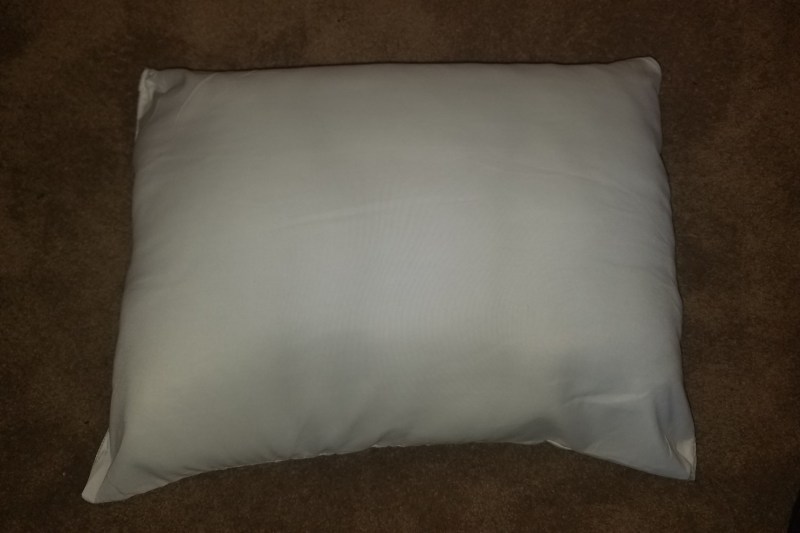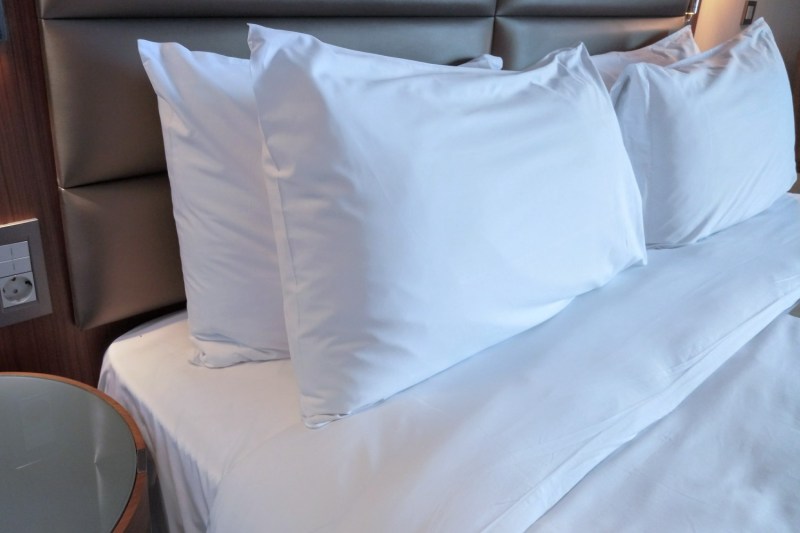How long do pillows last? This may seem like a simple question, yet it’s one that many of us tend to avoid asking. For the sake of better sleep and better health, it’s time for us to confront this matter head-on and seek an honest matter.
So how long do pillows last? Fortunately, we found some answers that will put this matter to rest.

Why Can’t Pillows Last Forever?
As nasty as it feels to discuss, research that medical and sleep experts have collected over the years shows that pillows tend to collect fungi, mold, mildew, mites, and mites’ fecal matter over the years. As these nasty items penetrate into our pillows and concentrate in them, they can exacerbate allergic reactions, and the common fungus aspergillus can trigger an infection that causes more severe respiratory problems. Make sure to check for odors and stains: If odors and stains persist even after washing, then it’s time to ditch that pillow.
Beyond basic hygiene, there’s also the matter of alignment and comfort. Renowned clinical psychologist and sleep expert Dr. Michael Breus has developed the fold test to determine if a pillow still works. Fold your pillow in half, and see how it reacts. If your pillow springs back to its pre-fold position, it’s probably still good, depending on how clean it is (see above). But if your pillow fails to spring back to its original shape, then it’s effectively a dead pillow.
If your pillow starts to feel lumpy and/or flat and thin, it’s more than a mere inconvenience or “pain in the neck.” That old and effectively dead pillow can lead to actual pain in your neck, and lack of proper alignment can lead to problems for your shoulders and neck along with overall sleeplessness. Even if you think you can save money by using old pillows after they become too flat and/or dirty, the costs of using such inadequate pillows will eventually metastasize.
So How Long Should We Use Our Pillows?
There’s no specific scientific consensus, but we do have some helpful guidance available. According to Dr. Michael Breus, pillows should be replaced every 18 months. But others, such as the Sleep Foundation, have a more nuanced view: Down alternative fiber pillows tend to last one to two years, down feather pillows tend to last one to three years, memory foam pillows and polyfoam pillows tend to last two to three years, and solid latex pillows tend to last two to four years.

If you want to try to extend your pillows’ lifespan, there are some things you can do to keep your pillows in tip-top shape. To prevent the collection and concentration of dirt, dust, bodily fluids, and fungi, wash your pillows regularly, and use pillow protectors as barriers to prevent such substances from reaching your pillows’ inner fill. Whenever you suffer any accidental spills, spot clean your pillows as soon as possible. Like your mattress and your sheets, good maintenance can help your pillows last longer.
Though it may feel wasteful to ditch your old pillows for new pillows to use in bed, there are options to put your old pillows to good use once they become useless for sleeping purposes. If you like to get crafty, you can turn those old pillows into a fun floor bed, outdoor gardening pads, packing material, decorative pillows, and even stuffed animals. If you’re not in a DIY kind of mood, you can donate them to a local animal shelter, or you can check your community’s recycling policy for proper disposal.
The cover photo was provided by RawPixel.



